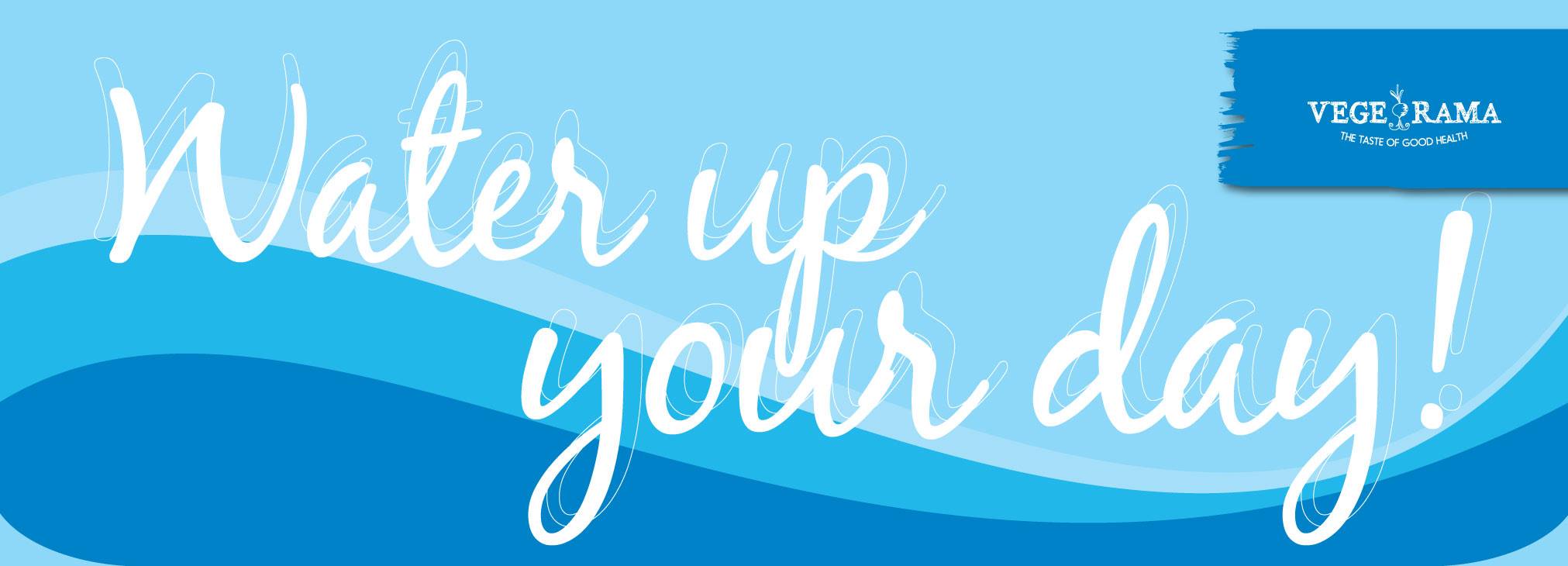Water Up Your Day!

If you think drinking bottled water is the way to go in consuming pure, clean, healthy water – then think again.
Water packaged in plastic bottles are not as clean as the phrase “Spring Water” makes it out to be. Most of the time, ‘bottled water’ is just simply filtered tap water. Not only do plastic bottles contain BPA but also contain other harmful chemicals that can seep into the water that we drink from these bottles, especially if it has been left in the heat for some time.
Plastic bottled water are costing us the Earth. Did you know that it takes 3 Litres of water to produce 1 Litre of bottled water? A study was also undertaken in the Environmental Health Perspective Journal which concluded that non-BPA products contained other harmful toxic hormone-affecting chemicals!1 This goes to show that it’s simply not safe enough to just opt for a non-BPA free bottle.
Pure water is simply water that is free of chemicals such as fluoride, chlorine, heavy metals, pesticides, sodium, nitrates and other impurities.
Why is chlorine so bad for you? Chlorine has been suspected of causing all sorts of cancers, from bladder to colon. A Norwegian study in 2002 found that drinking 5 glasses of chlorinated tap water per day increases the risk of miscarriage by 14%, and may increase the incidence of stillbirth and birth defects. Chlorine can trigger thyroid disease by reducing the uptake of iodine. Chlorine also raises cholesterol levels, possibly by damage to vitamin E2.
One of the most toxic substances we know of is fluoride and yet it is found in almost all brands of toothpaste. It’s added in toothpaste even though there is no data to support its effectiveness in the fight against tooth decay. Today you can find fluoride in bottled water, and even baby formula. Tap water is actually fluoridated, meaning it’s added to water deliberately, notwithstanding it’s almost as poisonous as arsenic is, and more toxic than lead. This substance is so toxic until the fluoridation process has been banned in several countries3.
Phthalates (a type of plastic) may end up in the water from PVC pipes and plastic water bottles. Phthalates are endocrine-disrupting chemicals, and have been linked with hormonal imbalance and reproductive cancers2.
There are only about 80 contaminants that are ‘regulated’ in water, as opposed to thousands of other chemicals. This surely is not enough to guarantee that we are drinking safe, clean and pure water.
The solution? Opt for a filtration system to be installed in your home. There are numerous products out there on the market, however if you are wanting one that removes all impurities in the system, research into Reverse Osmosis Purification systems. Reverse Osmosis systems are known for removing the highest amounts of contaminants from the water through the use of a semipermeable membrane.
Another alternative is to purchase pure water from your local organic market or store.
Wishing you a safe, clean and pure water journey.
References
- Yang, Chun Z. et al. “Most Plastic Products Release Estrogenic Chemicals: A Potential Health Problem That Can Be Solved”. Environ Health Perspect 119.7 (2011): 989-996. Web. 29 Mar. 2016.
- “Drinking Water – The Facts | Noble Beverages”. Noblebeverages.com. N.p., 2016. Web. 30 Mar. 2016
- Center, Global. “Toxins In Our Drinking Water”. Globalhealingcenter.com. N.p., 2016. Web. 30 Mar. 2016.
